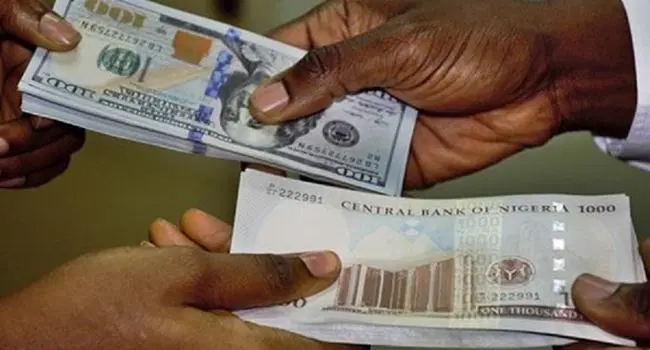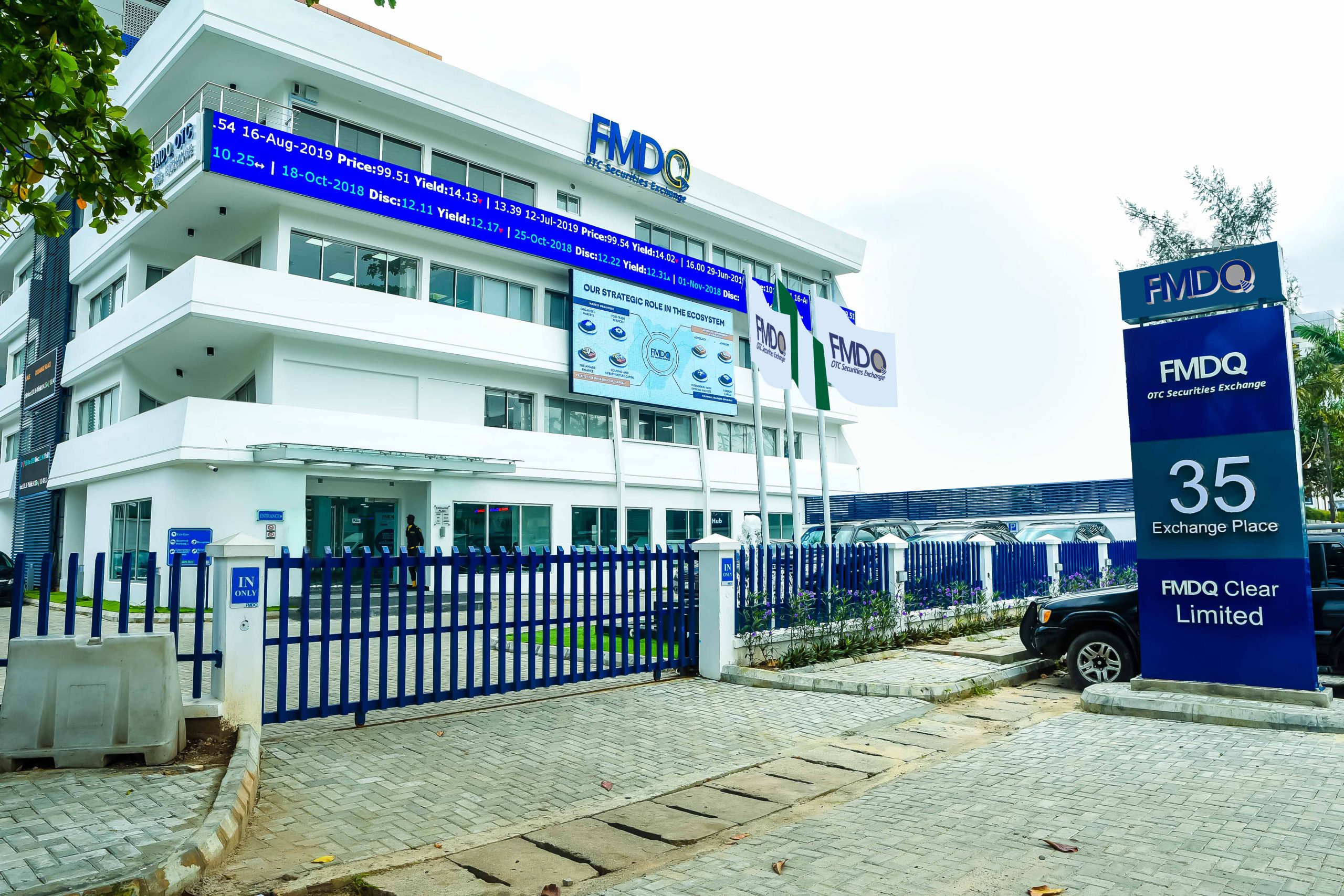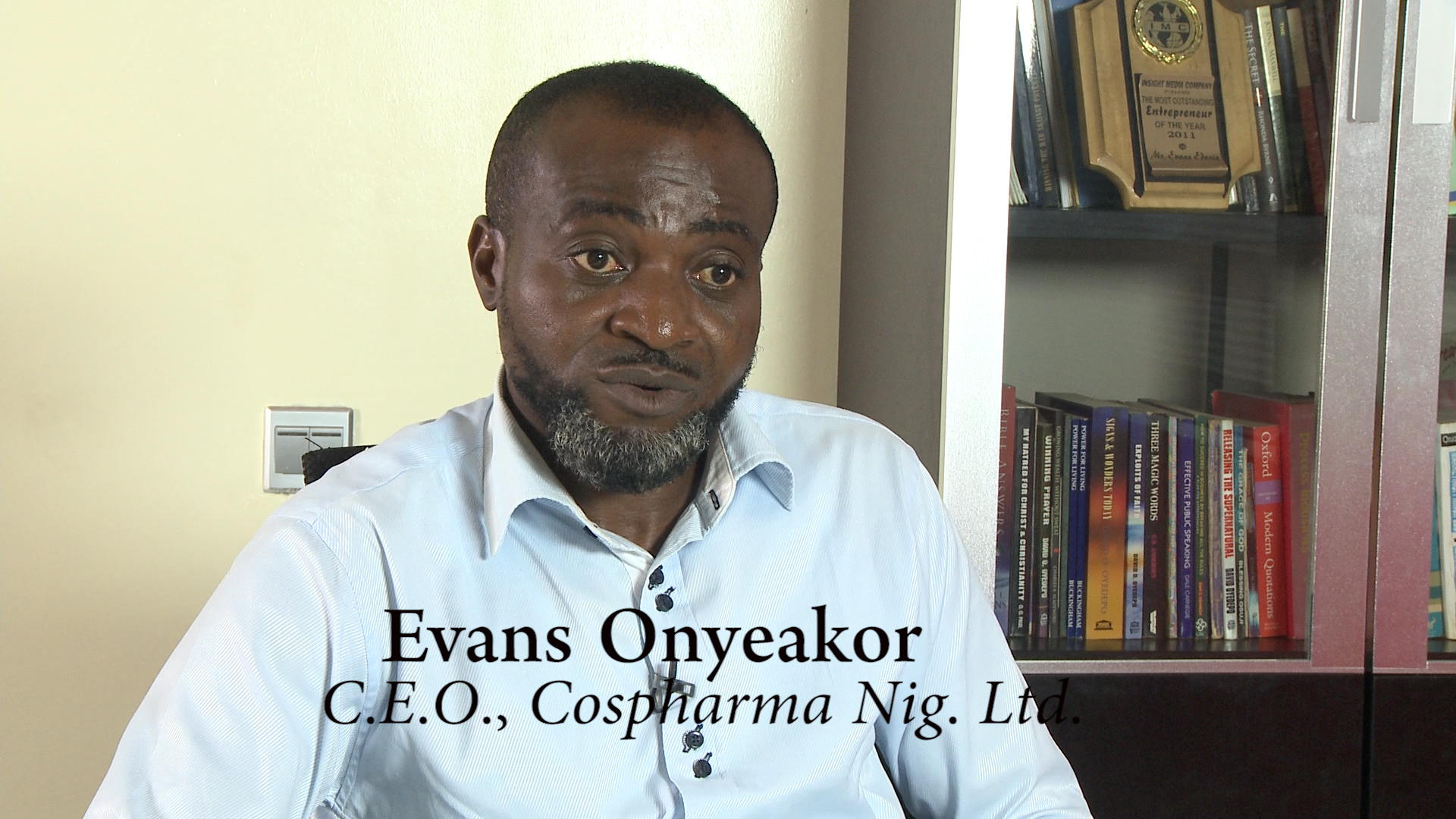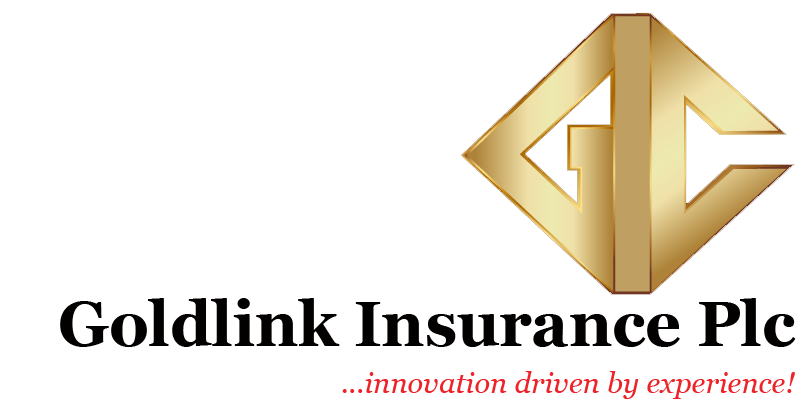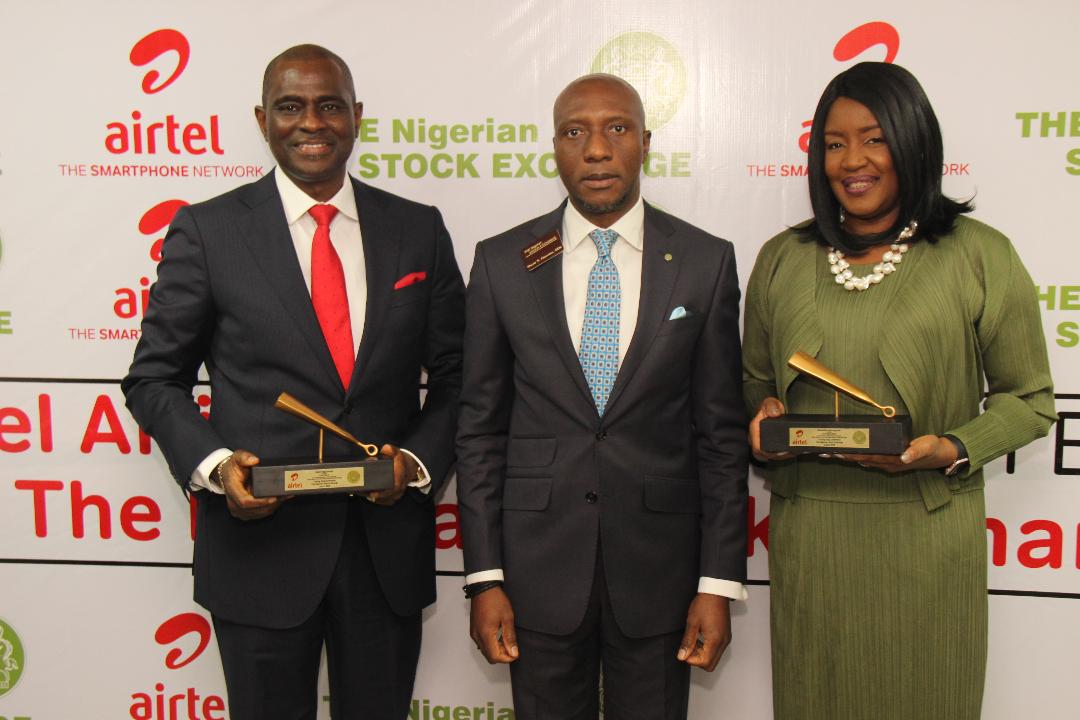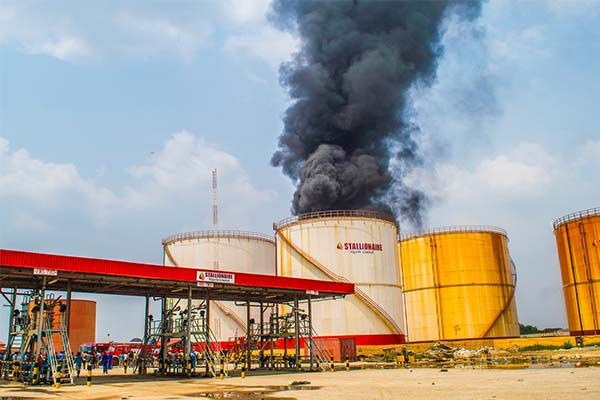Pressure on the naira intensified in the unofficial foreign exchange market as currency traders priced the US dollar higher on Monday, November 24, 2025. Rates quoted by parallel market dealers showed fresh depreciation compared with the official market benchmark.
In the black market, dealers bought dollars from the public between ₦1,450 and ₦1,460, while selling at between ₦1,470 and ₦1,480 per dollar. These rates may vary slightly depending on location such as Lagos, Abuja, and Kano, as well as transaction volumes.
Meanwhile, data from the Nigerian Foreign Exchange Market (NFEM) showed the official Investors’ and Exporters’ (I&E) Window closing at approximately ₦1,452.68 per dollar on November 23, 2025. This reflects a continuing disparity between official and parallel market pricing, even though the gap remains narrower than in previous periods of deeper volatility.
Analysts note that the spread indicates that retail and informal sector demand is still being largely met through the parallel market, underscoring the persistent structural imbalance in Nigeria’s foreign exchange supply.
The past week produced mixed signals in the wider FX landscape. Despite downward pressure on the naira across both official and informal markets, Nigeria’s external reserves continued their steady climb. According to Central Bank of Nigeria data, reserves increased from $43.64bn on November 14 to $44.19bn by Thursday—an improvement of 1.26 per cent within days.
Market watchers say attention is now shifting to upcoming policy announcements from the CBN, particularly decisions on interest rates and potential liquidity support. Traders believe these could determine the market direction in the near term, especially as the regulator continues efforts to stabilise exchange rate movements and strengthen supply conditions.


